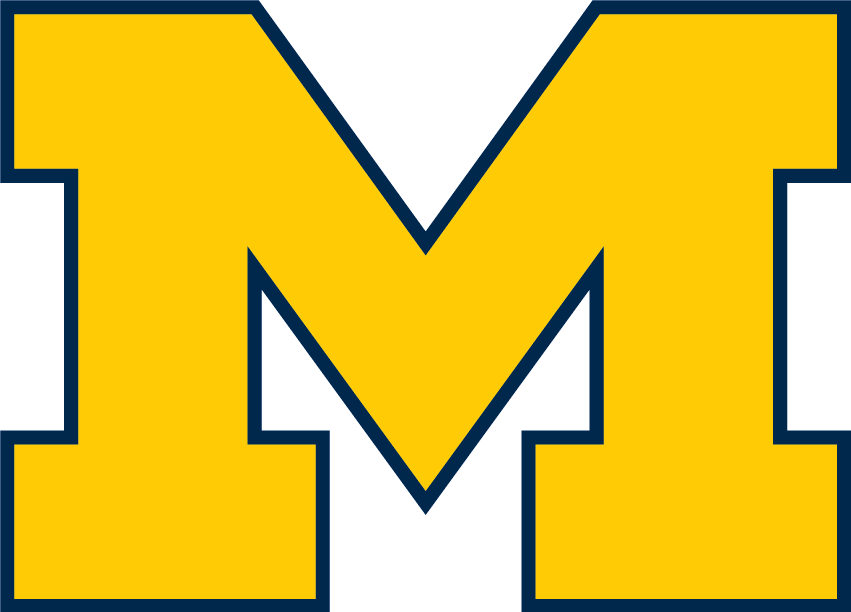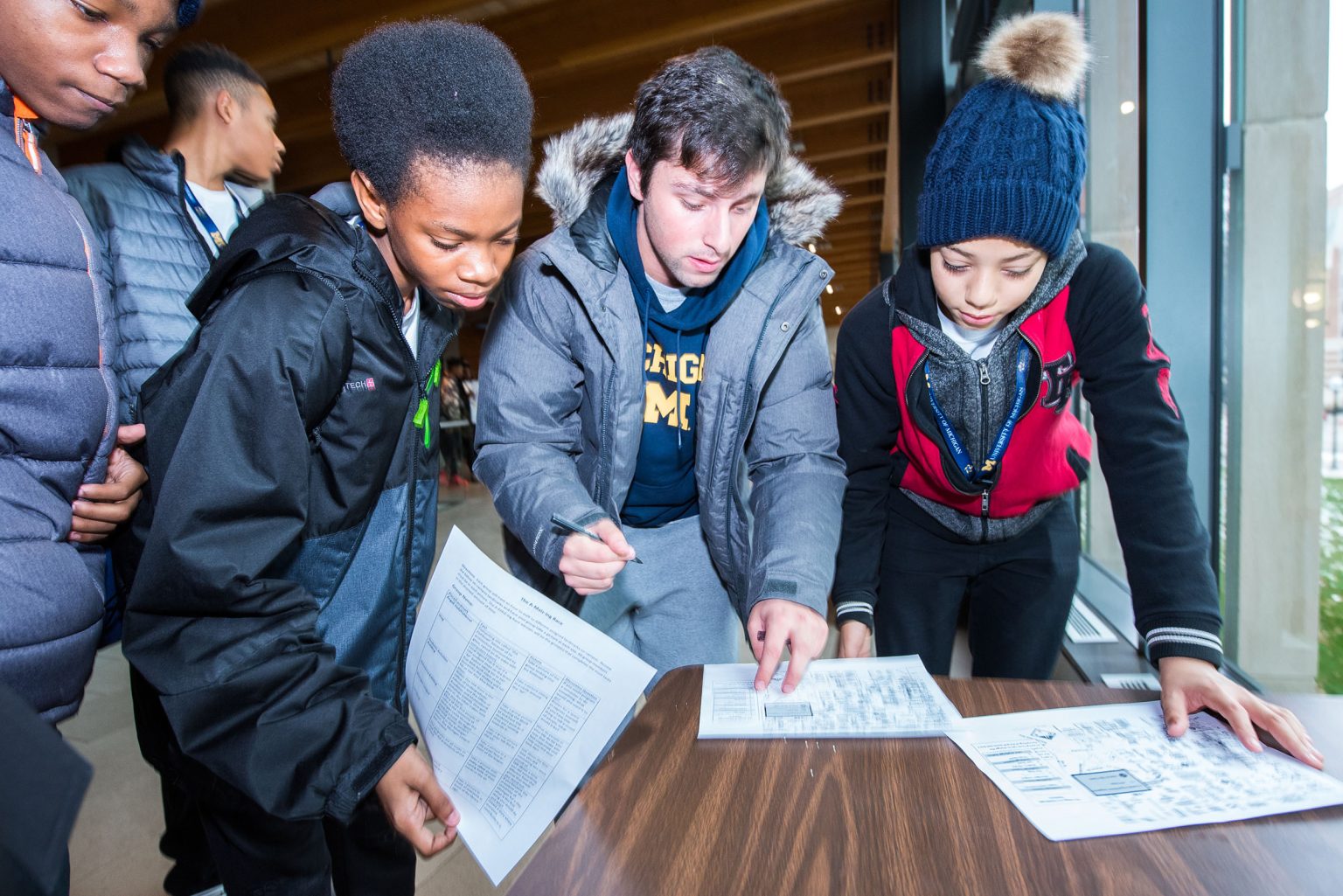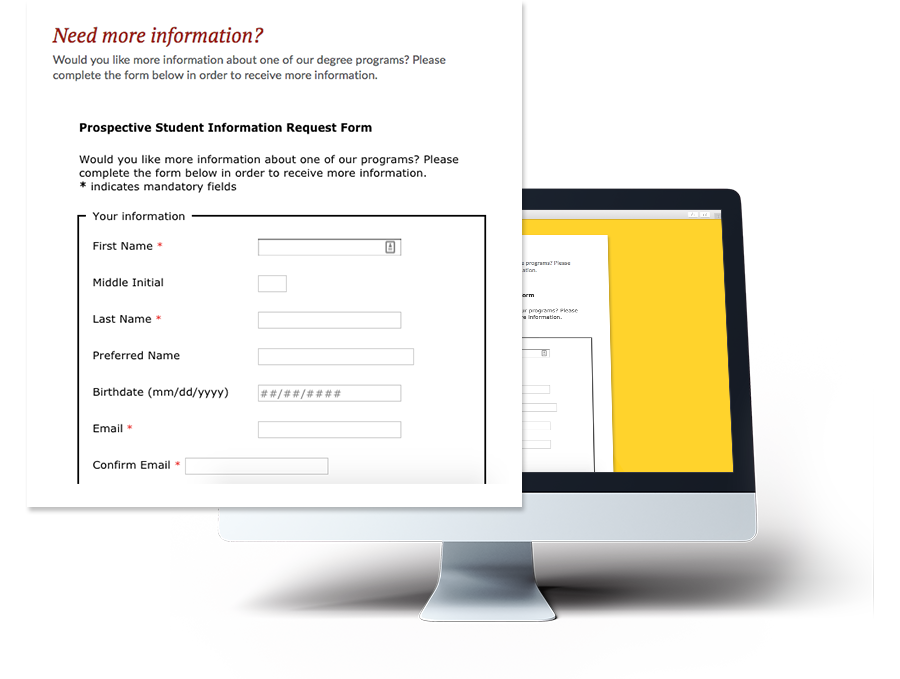Success Story

Industry
Higher Ed
The University of Michigan Uses Feature-Rich Forms to Improve Communication
3
Campuses on a single platform
15
Departments using Salesforce-integrated web forms

Overview
The University of Michigan’s Center for Educational Outreach and departments on three campuses use FormAssembly for a variety of uses from building surveys, to event registration forms, and even a faculty feedback form. Here’s the story of why they chose FormAssembly, how they use it, and why it’s right for their higher education institution.
Lack of coordination across campuses
Challenge
The Center’s work involves coordinating with internal and external groups to ensure that events and services go smoothly. As they pursued ways to be more effective, staff sought a way to simplify communication across campuses.
“We have several projects where we needed to be able to connect to Salesforce and prefill forms and distribute those unique links to folks across campus. We didn’t want a platform where we had to create yet another database where people have to log-in to access the information that we need them to update,” Skoczylas said.
“We have access to Google Forms, we have access to Qualtrics, but none of these are flexible enough to meet the number of use cases we put to these tools. FormAssembly is dynamic given that we can do major building and process automation.”

Easy integration and feature-rich forms
Solution
Across the University of Michigan’s three campuses, there are four separate FormAssembly implementations used by 15 total units. This widespread use showcases the ability FormAssembly users have to make the solution fit their needs.
Skoczylas said he loves how flexible and feature-rich FormAssembly is and how it’s capable of handling both internal and external use cases throughout the school.
In addition to being flexible in terms of use cases, Gould said FormAssembly is easy to use and allows multiple people to get up to speed quickly.
“I like that it’s user-friendly. We’ve had groups come in where we’ve provided very little training, and they’re able to get their forms up and running.” Gould said. “That’s one of the things about higher education that’s really important. Especially in a decentralized environment, you want people to have some kind of ownership over a piece of the process, and this is an easy thing that they can own with minimal oversight from an administrator.”
What’s next?
Since implementing its original use cases, the Center for Educational Outreach has also designed an award-winning form process for its Children on Campus Registry. The improved registry process fosters cross-campus collaboration and promotes transparency through better risk management. The university continues to run new pilot projects featuring FormAssembly as a means to optimize data collection.


